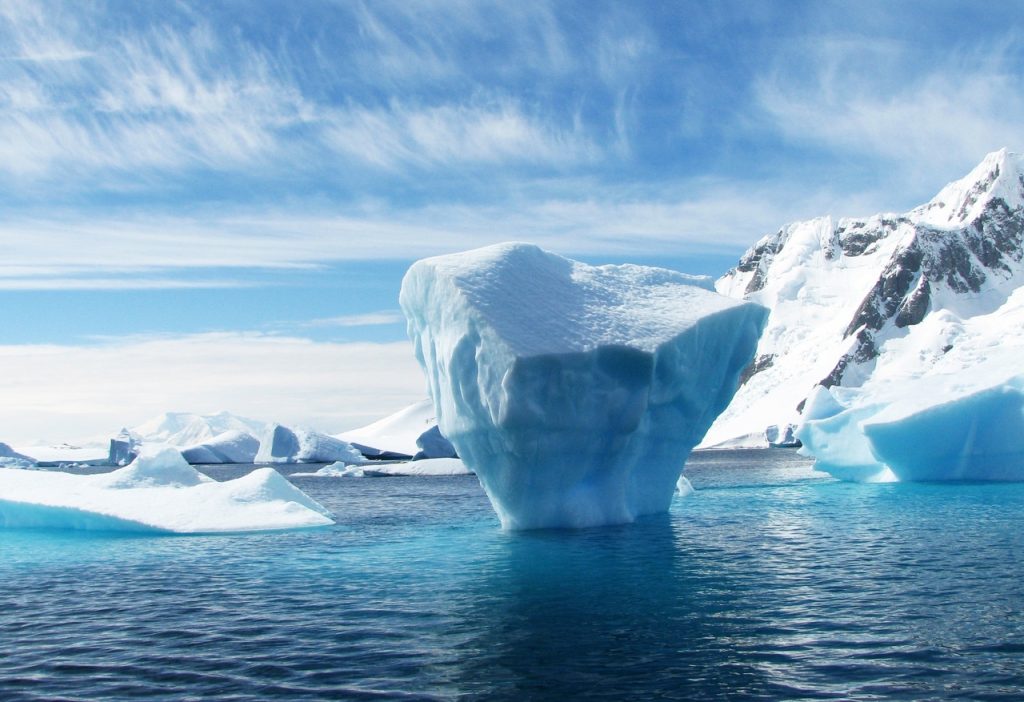Warmest ocean temperature recorded in 2019

January 16th, 2020
Last year was the warmest year for the ocean in all of human history, according to a new study.
Research from the Institute of Atmospheric Physics also found that the past five years produced the warmest ocean temperatures on record.
The Atlantic Ocean has absorbed a large amount of heat, while the Southern Ocean that encircles Antarctica has taken up “most of the global warming heat” since 1970, the study finds.
Marine heatwave events were also found in the Mediterranean Sea and continue to pose a significant risk to marine biodiversity and fisheries, the study adds.

The ocean’s climate and biodiversity link
Oceans act as the globe’s main repository of energy imbalance, absorbing up to 90 per cent of excess heat created. Any remaining heating effect from greenhouse gas emissions is known as atmospheric warming that affects land mass and surface ice.
Increased ocean temperatures have influence higher sea levels that are predicted to rise by up to 30 to 60 cm by 2100 even if countries adhered to their Paris Agreement goals.
Oceanic warming is expected to continue even if the global mean surface air temperature stays below 2 C within the century, the study warns.
The Intergovernmental Panel on Climate Change warns that this figure could be anywhere from 60 to 110 cm if emissions continue to rise unabated.
Storms also intensify with higher oceanic temperatures. A spike in temperature increases the evaporation of water and adds more moisture to a warmer atmosphere. As a result, the planet will continue to see heavier rains and more flooding.
Higher temperatures also reduce the amount of dissolved oxygen in the ocean and as a result endanger marine biodiversity.
A Blue New Deal
Many activists and politicians are calling for a “Blue New Deal” in order to address the rising ocean temperatures and protect coastal communities through policy support for the likes of sustainable fisheries and sea-generated renewable energy. Over 680 million people live in vulnerable, low-lying coastal zones, as well as 65 million people in small island developing states.
US presidential candidate Senator Elizabeth Warren released a plan last month for a Blue New Deal that would expand renewable energy generation to coastal areas and promote regenerative ocean farming through algae and seaweed production.
“While the ocean is severely threatened, it can also be a major part of the climate solution – from providing new sources of clean energy to supporting a new future of ocean farming,” Ms Warren said.
“That is why I believe that a Blue New Deal must be an essential part of any Green New Deal – helping us fight climate change, protecting our health, and creating good, high-wage union jobs in the process,” she added.
[x_author title=”About the Author”]







